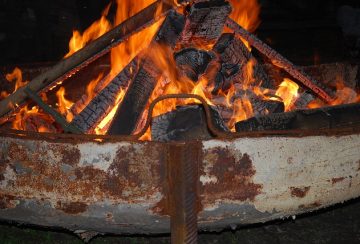The Purpose of Debunking the UL Flame Ratings that are Being Used on Plastic Enclosures - HLSRN

The Purpose of Debunking the UL Flame Ratings that are Being Used on Plastic Enclosures
- September 2, 2019
- Posted By Sheila Mendoza
While I was cooking breakfast one earl morning, the packaging of the sausage says that I should put the links on the pan, then afterwards I should cover and let it simmer. Now that we have a very wide selection of frying pans, only 1 of them has a lid. And we are already using that pan to cook our favorite hashbrowns. What should we do with this? Should we wait for the hashbrowns to be finished? Switch our pans? I don’t think so, we just proceeded on cooking the sausage without the pan lid. After all, this project should require covers while the others don’t.
For example, there was a customer who called us a few weeks ago. He told us that his engineering project does not need any enclosure covers. What totally intrigued me about this request was not that he is not interested in putting covers, but this is how he ordered things. He technically specified that the enclosure should have a textured cover even if he thinks that he would previously and probably ordered the very same case with the recessed cover.
When I finally confirmed with him that his project might probably need or maybe he wants a different cover this time, he just stated that it was because he wanted a higher flame rating. The documentation for this enclosure properly stated that the textured cover should be ordered in order for them to maintain the 5VA rating. And I believe that rating is what he truly needed most.
In very simple and understandable terms, the flame rating that indicates how well the enclosure will handle and contain flames, is very important. The very most important ability of this comes from the fact that the thickness of the enclosure is very important. Also, the majority of the electronics enclosure consists of a very thin layer of surface texturing. And they will test the UL’s highest rating of UL94-5VA.
Also, the rating of these enclosures should be entirely based on different flame rating of the thinnest part. Therefore, once the recessed covers that does not consist the different texturing across the covers of enclosures are rated UL94V-0. This will still remain the very excellent rating but probably because the enclosure material is just about 0.030” thinner, there is a minimum and slight possibility of great difference in the cover’s flammability characteristics. The recessed covers already have the V-0 rating.
The customer said that he would be needing the 5VA because since he was not just using the cover, the thickness of it totally do not matter. As said before, this rating should be entirely based on one of the thinnest part of the electronics enclosure and it is based on one of the LP series has become the thinnest part of the cover.